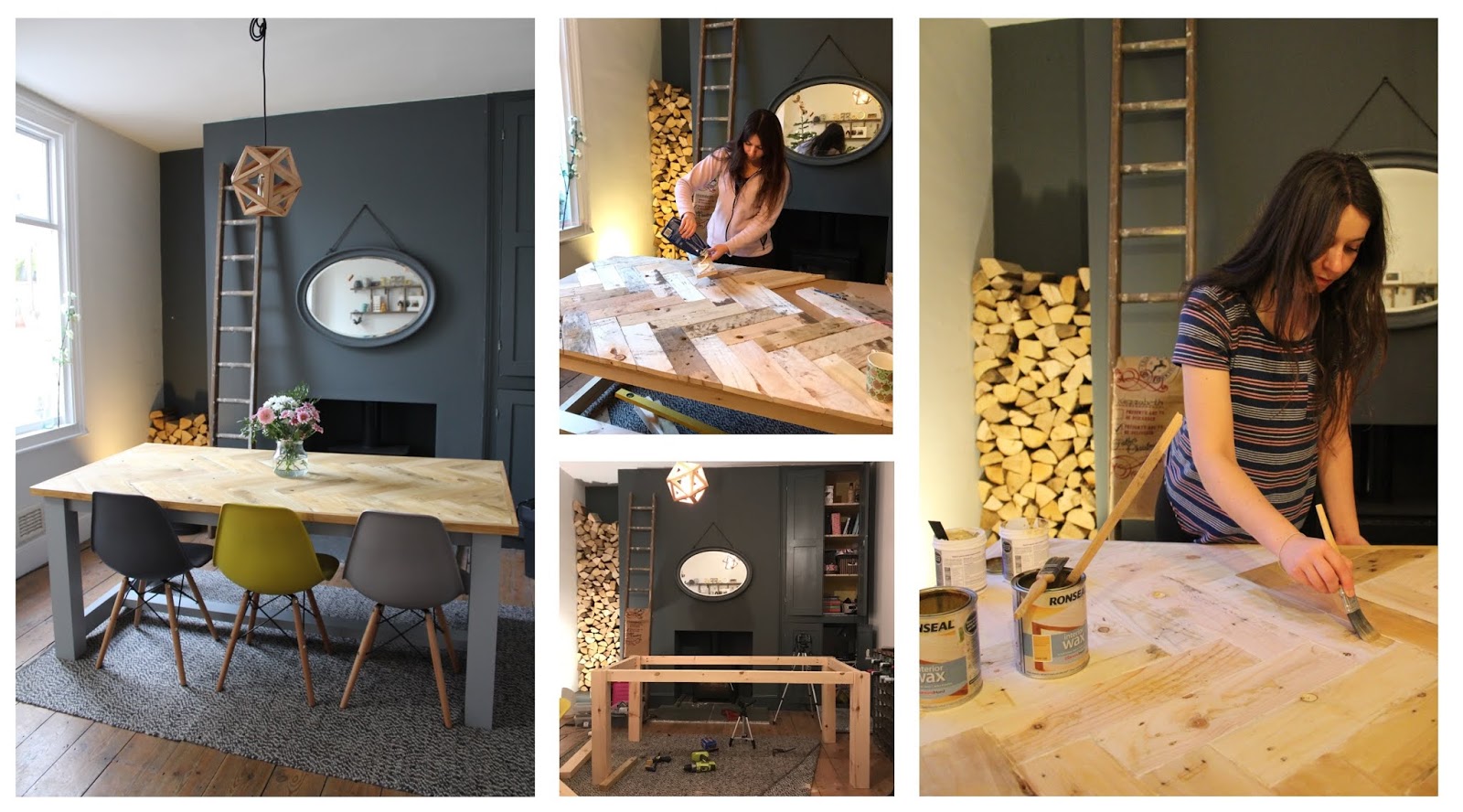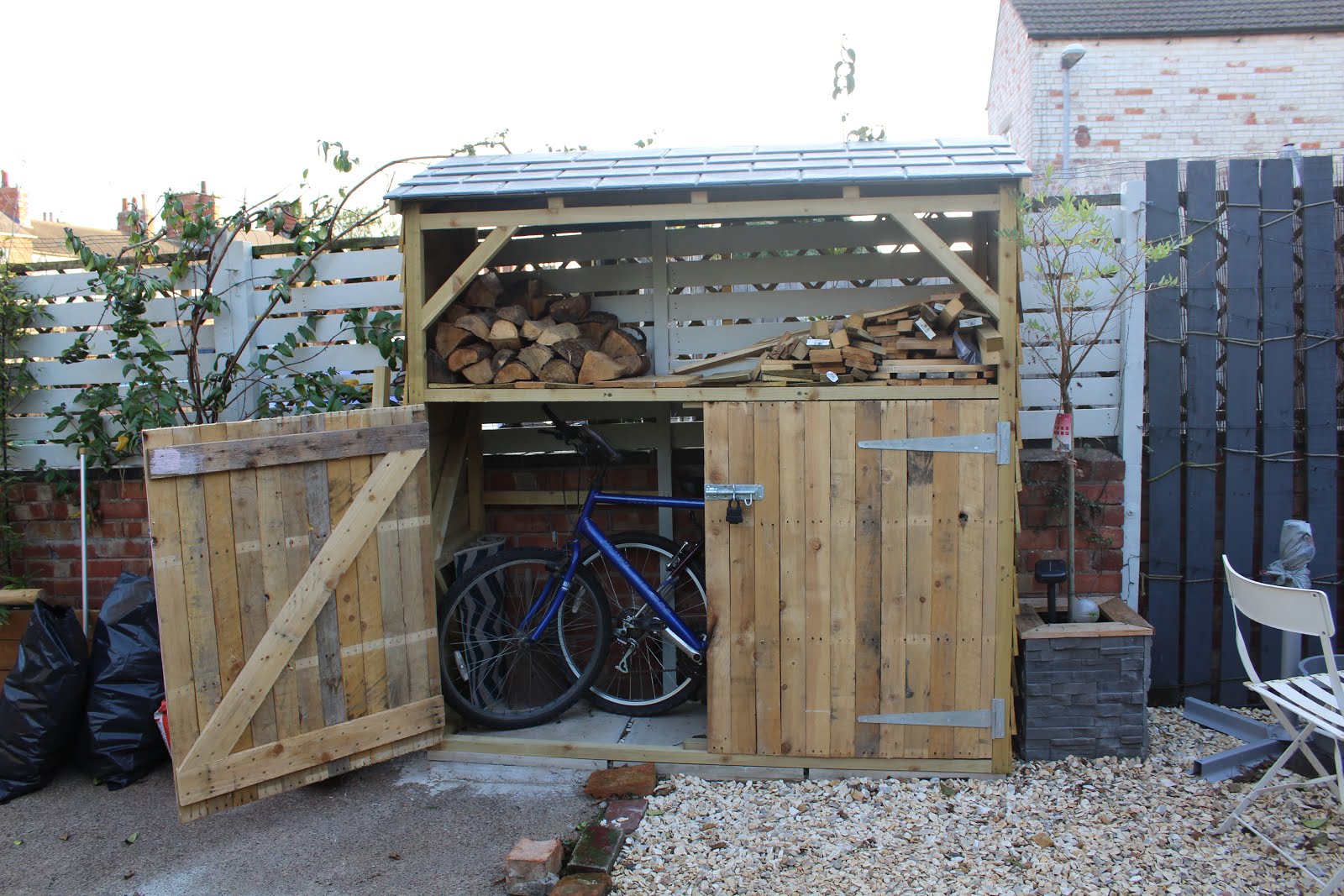One of the reasons I love our garden so much is that I can trial ideas and DIYs without the fear of it going wrong (who cares, it’s outdoors!) and I can literally put my skills to the test, which is exactly what I’ve done with this little DIY tutorial.
Building another raised bed wasn’t exactly on the agenda for this year, but after we accumulated a ton of bricks from removing walls inside the house, it seemed a real shame not to put some of them to use. I had also eyed up some bamboo in Homebase (£25 a pot and they were taller than me!) but I had read that bamboo was notorious for becoming a bit of a nuisance if not planted in containment/pots and can even start popping up under fences and walls into your neighbours garden if you’re not careful!
We really wanted some bamboo (it reminds us of our travels through Asia!) and with hundreds of bricks now sat in the garden, it made sense to combine the two and spruce up the garden near our newly installed french doors.
You Will Need:
- Bricks
- Mortar
- Bucket
- Drill with Paddle/Mixer
- Trowels
- Spirit Level
- Sponge
- Wood (I’ve used pallets)
- Saw
- Masonry Paint
- External Wood Treatment/Paint
- Compost & Plants
Step 1 – Plan
Step 2 – Dig Out Foundations
Step 3 – Begin Laying Bricks
Step 4 – Building Supports for the Seat
If you’re not building your raised bed against a brick wall, you’ll more than likely have four sides to your planter anyway, so you can skip this step. But for the one I’m building, it only has three sides, so I need an extra support/pillar at the back. I probably should have done this step along with the rest of the planter, but never mind! Again, I gave it a good bed of mortar foundation too. Once I’ve made a seat for this, you wont ever see the back pillar.
Step 4 – Rendering
I try to apply the render as smooth as possible, but you don’t want to worry too much at this stage about any fine lines or dips, which you’ll smooth out a little later. Rendering isn’t easy, so take your time and be ready for a challenge! I tend to do one side at a time, letting it firm up before attempting any corners. If it’s firming up too quickly for you, apply some water with a paintbrush over any areas you want to re-smooth.
Step 5 – Smooth Out Lines
Because mortar is a completely different texture to plaster, it’s incredibly difficult to keep ‘smoothing over’ to get a perfect finish. To deal with this, you want to take a wet sponge (before the mortar completely dries, but not when it’s too wet either!) and buff any imperfections out this way. This means your render will have a slightly rougher texture to it when it dries, but it will look more consistently flat and any fine lines will disappear.
Step 6 – Sand & Paint!
After having buffed out the lines with the wet sponge, once it’s completely dry you can then sand the render for a more smoother finish. I quite like the rough texture, so I only do this step to take out any larger raised bumps. You can then find yourself some masonry paint and paint away! I always use testers for these projects as you really don’t need a whole tub and a tester size tends to do the job! I’m using the colour ‘Slate’ in Homebase’s own brand.
Step 7 – Apply a Concrete Base
This step is only applicable if you’re planting bamboo and want to ensure you’re containing it so that it can’t venture off into other peoples gardens or elsewhere in your own. I’ve made a cement mix (ideally you’d use concrete – but again, I didn’t have any) and poured it into the planter. This will act as a base so that the roots of the bamboo can’t get through. Once fully dry you can add plants.
{To Make the Seat}
Step 1 – Cut Wood to Size
I’m using some free pallet wood, which are perfect for outdoors as they’re usually already pre-treated. To break the pallet up, we’re using our trusty lifting bar (makes quick work of jobs like this!) but you can also just use a regular crow bar. I then cut to the wood to size so that it sits on both the back pillar and the front bricks. You also want two lengths of wood that will sit horizontally underneath the seat to act as extra support.
Step 2 – Treat
Despite pallet wood being pre-treated, I always go over with another level of treatment just to be on the safe side. I’m using a deck treatment this time, which was given away free recently from my local Homebase. It’s really important to treat any end cuts you’ve just made too.
Step 3 – Screw together
I’m using stainless steel screws, which are rust proof to screw the wood together in a formation similar to below. You can see the horizontal lengths of wood will provide support to the seat and they’ll be purposely placed so that they slot into the planter and stop the seat from wiggling around. Because I’m screwing these pieces of wood together from the underside you’ll never see the screws from the top of the seat, which will give a much neater and sleek finish.
Step 4 – Enjoy!
And now you’re done! You’ll notice the bamboo is looking much healthier in its new planter and I think the little seat is a lovely touch that creates a little hideaway nook in the garden. I’m going to have to keep trimming the bamboo so that it doesn’t overgrow the seat too much, but I absolutely love it and I’m pretty pleased with out its turned out.
Obviously this area of the garden still needs a bit more work – we’ll be adding decking at some point which will sit around the planter and I also hope to grow some climbers up the back of the house too. (nothing that destroys brickwork obviously!) But it’s definitely brightened up this area of the garden a little and I’m sure will become my morning spot for a cup of coffee.
I’d love to know what do you think? Would you/have you created something similar?
Costs:
(rounded to the nearest pound)
New Tools Purchased:
None
Materials Used:
Mortar x4 £20
Cement £5
Bricks – free
Screws £6
Masonry Paint £2
Wood – free
Total: £33
(+ £50 for the Bamboo)










2 Comments
I came across this as building similar this weekend! How’s it holding up against the bamboo 5 years later?
Absolutely fine! The bamboo hasn’t shooted elsewhere and is still pretty similar in size. I’ve probably only trimmed it a couple of times since planting, just to keep it from being too bushy. The bricks and render are all still perfect too!